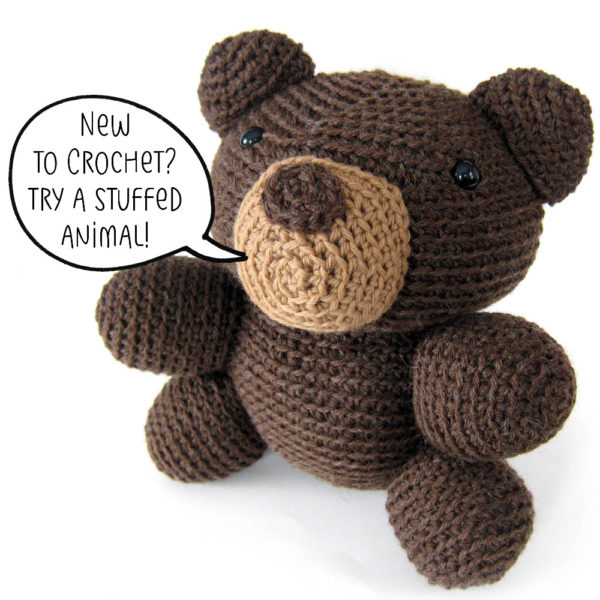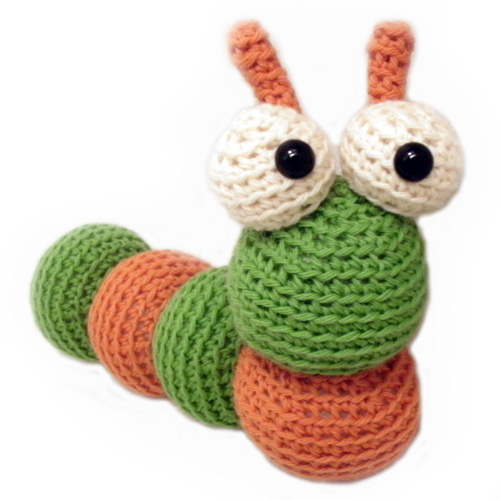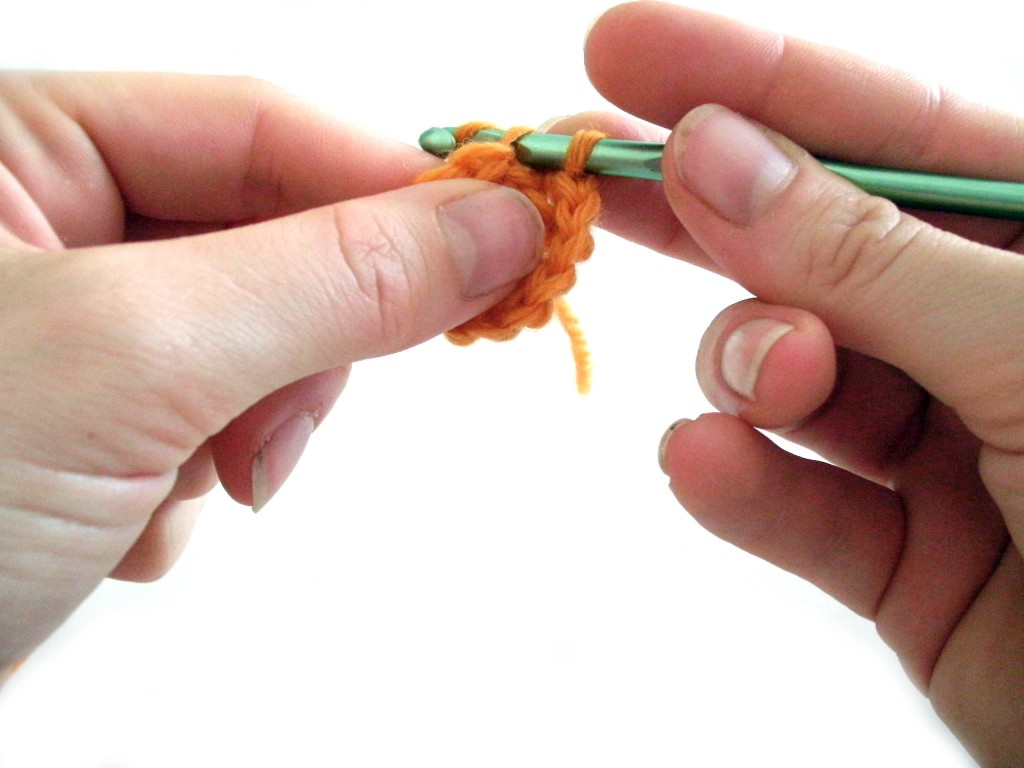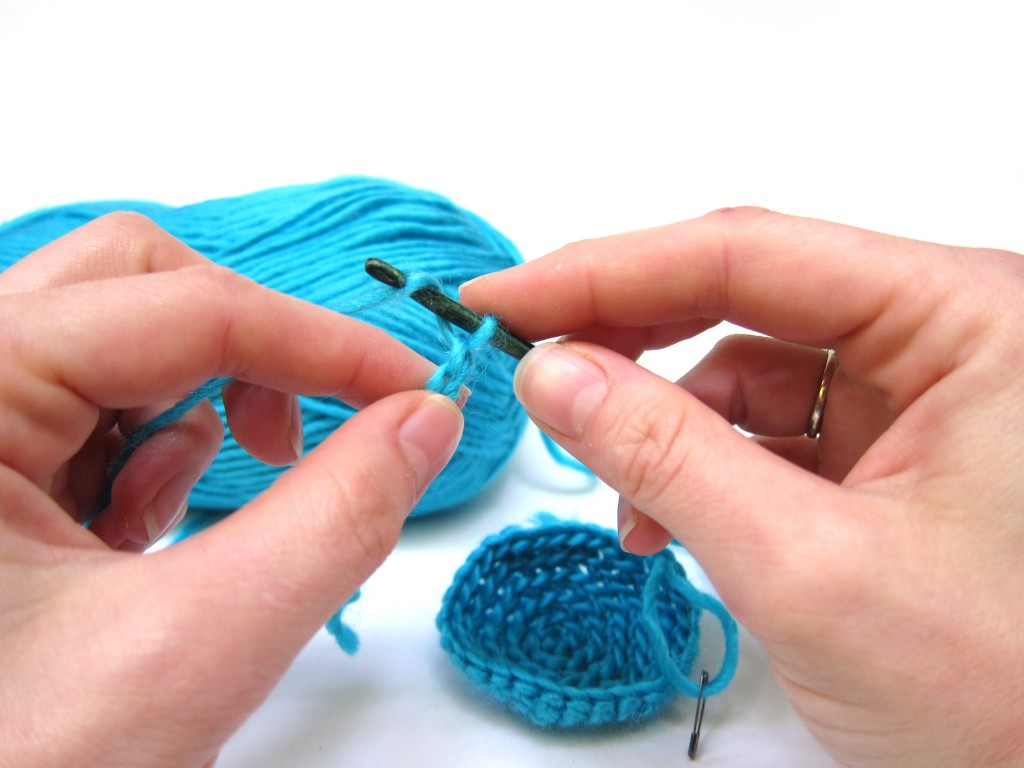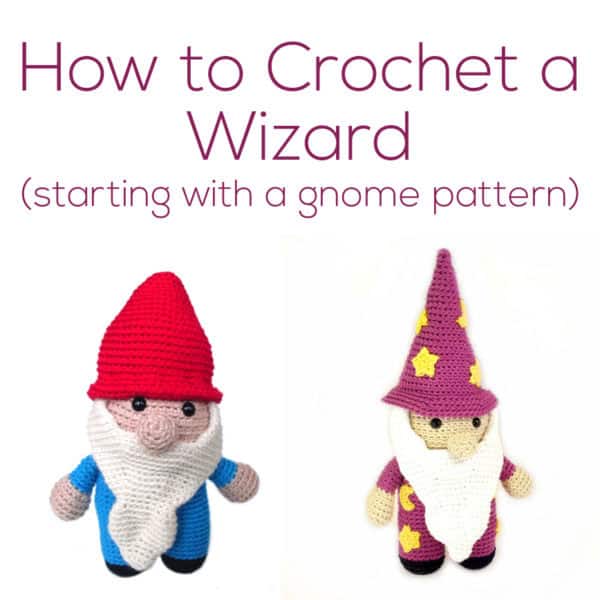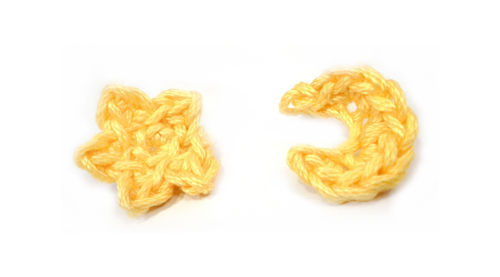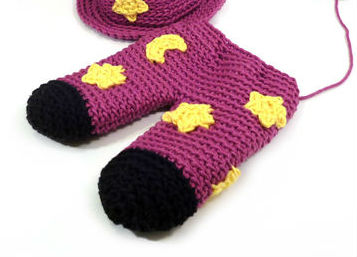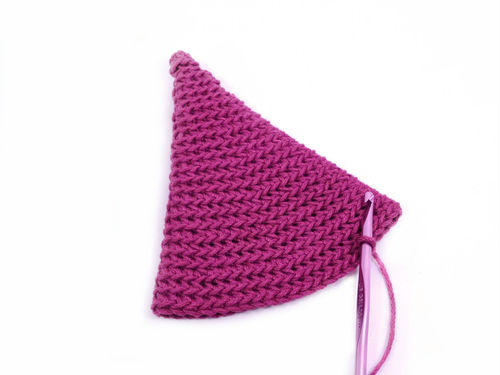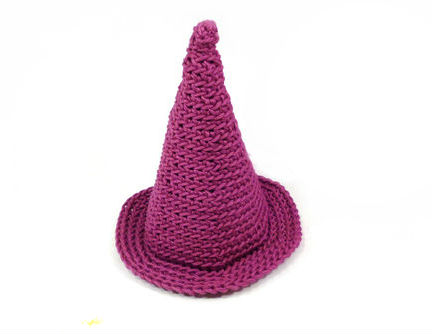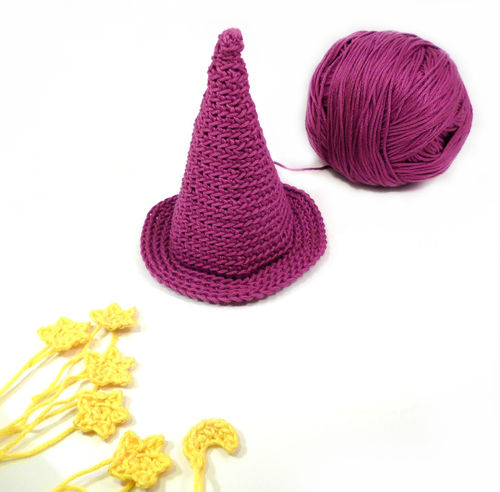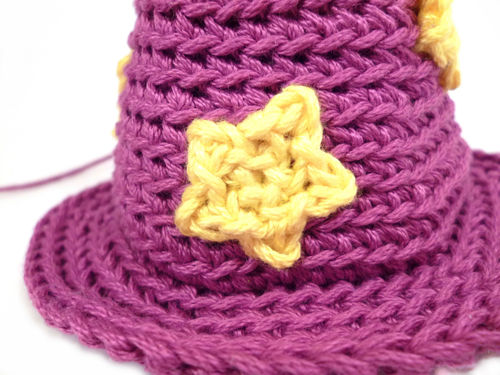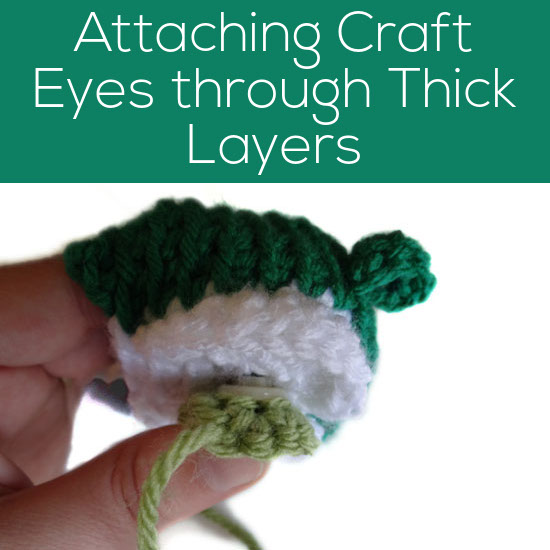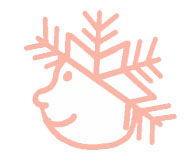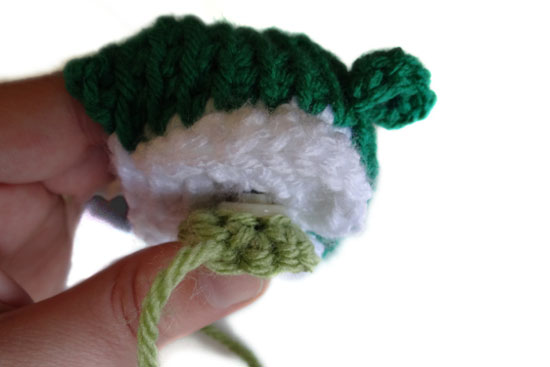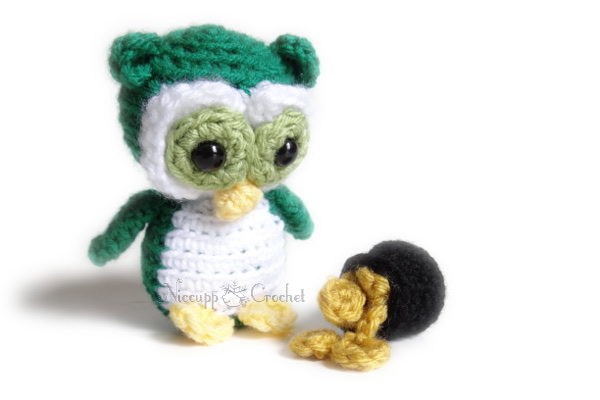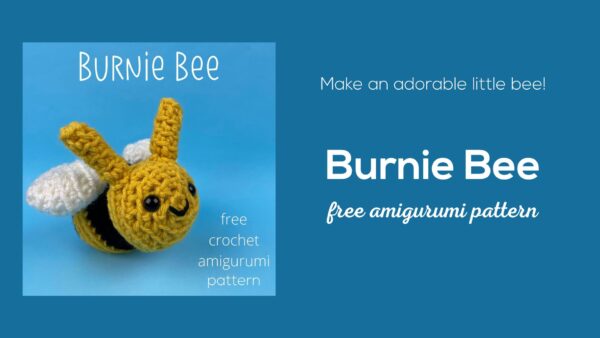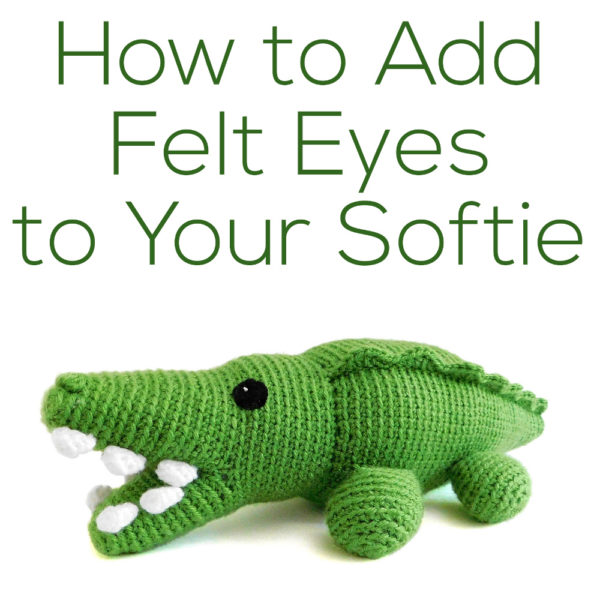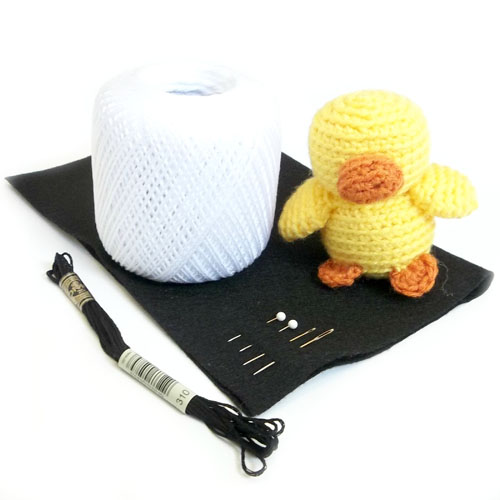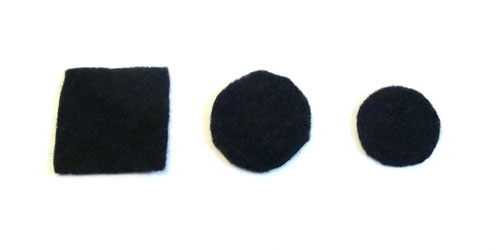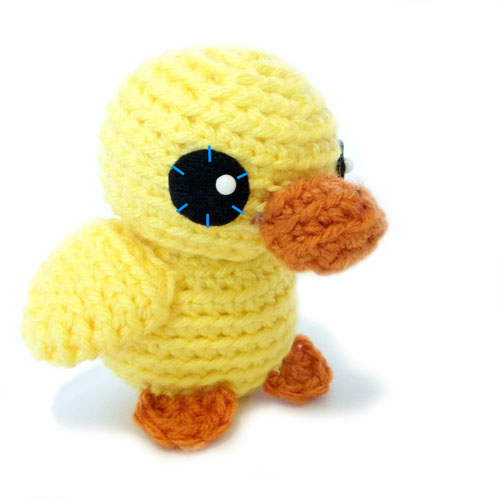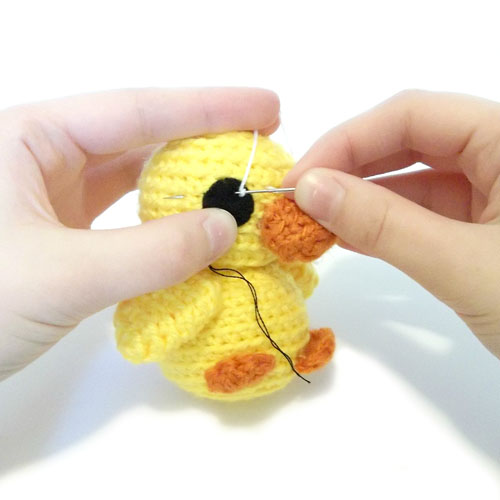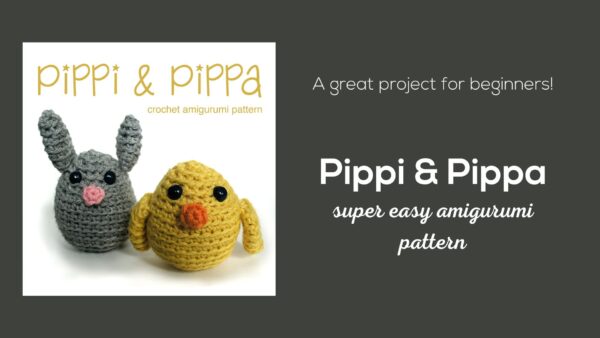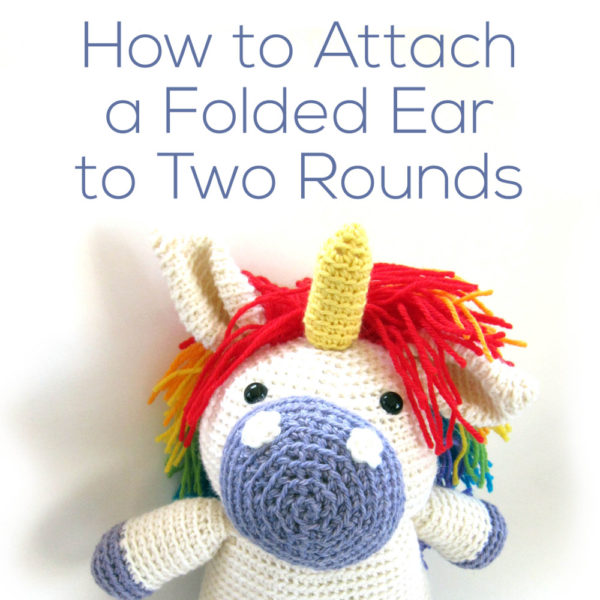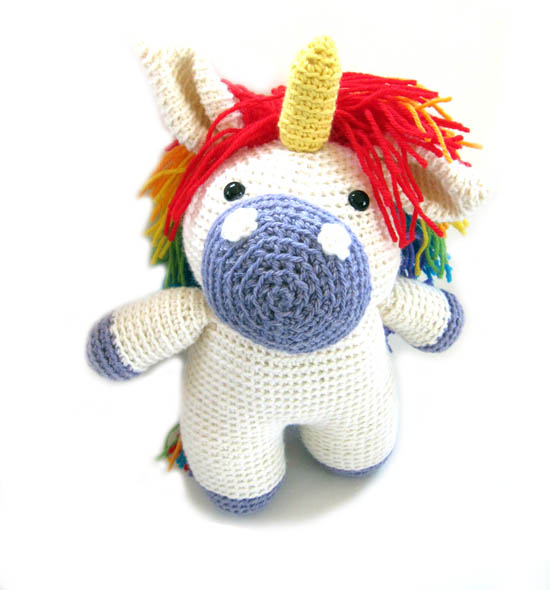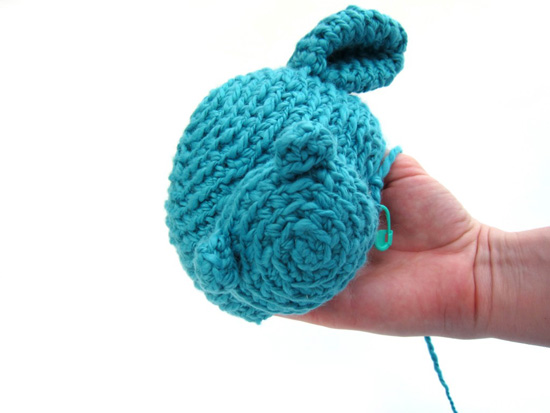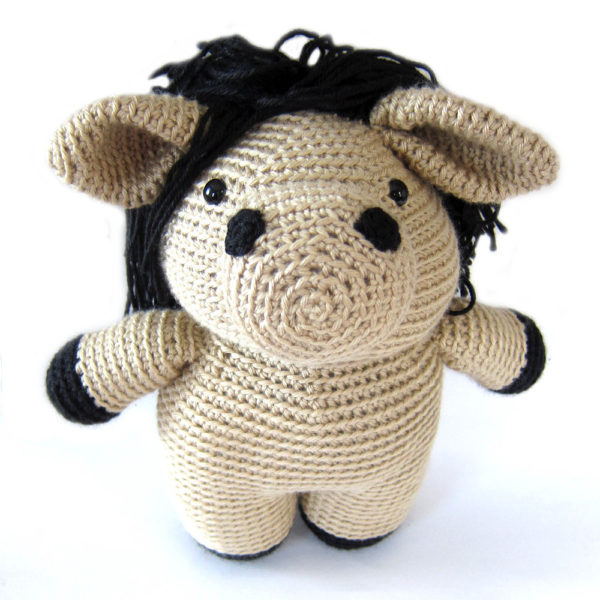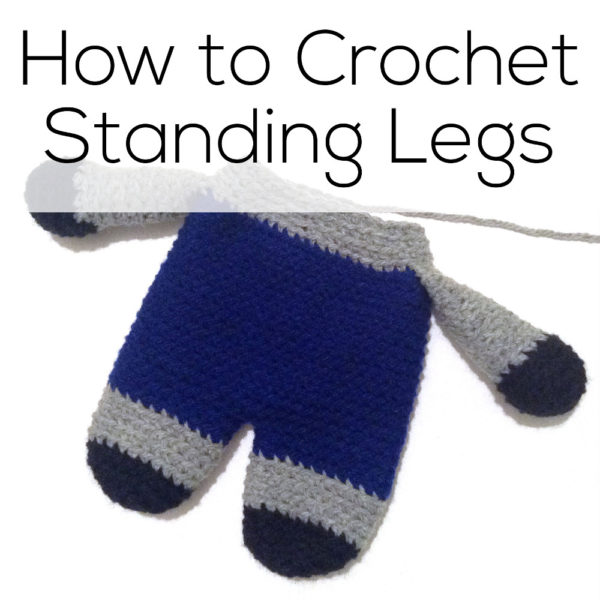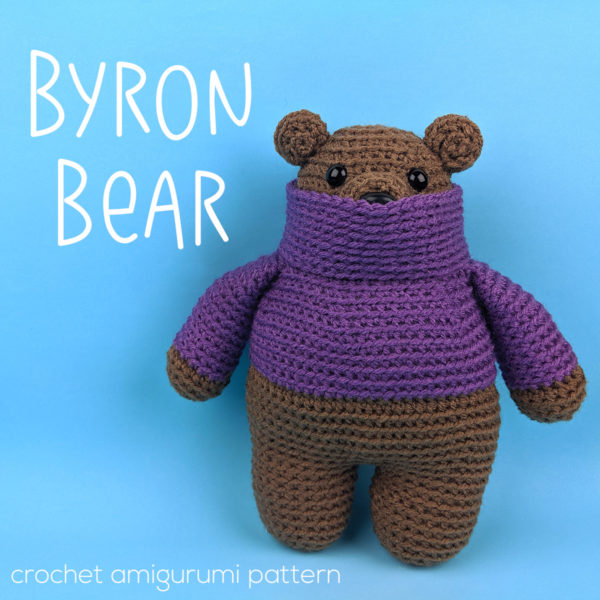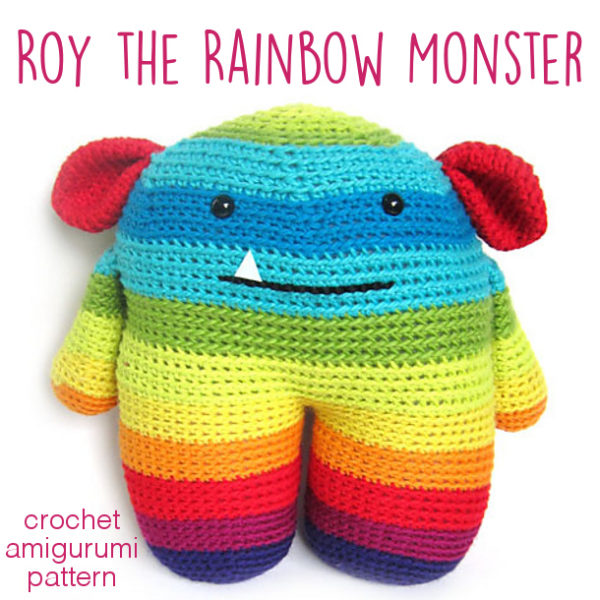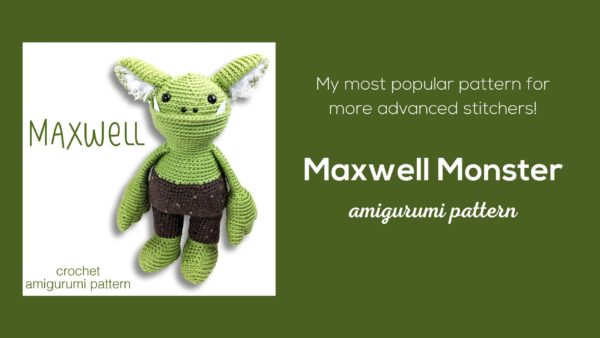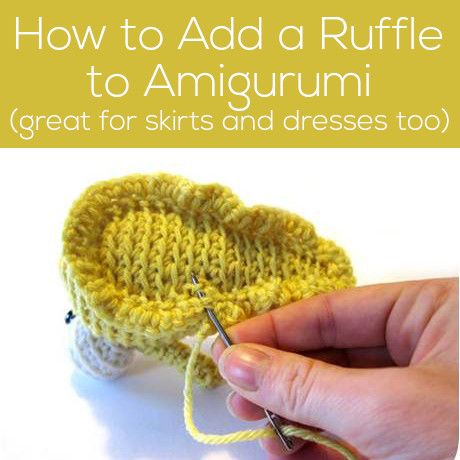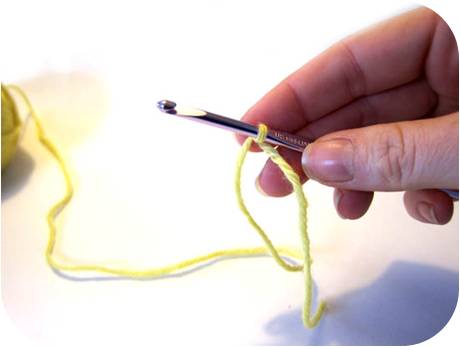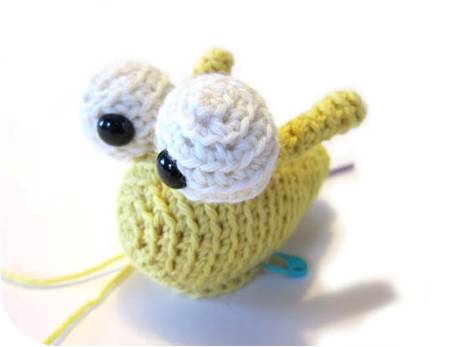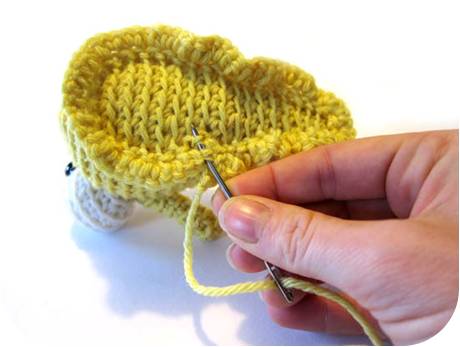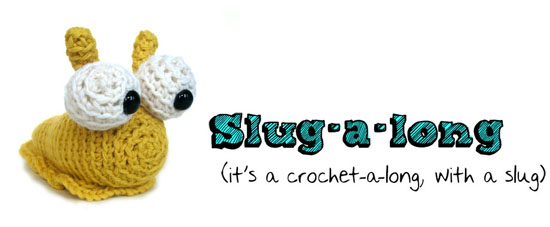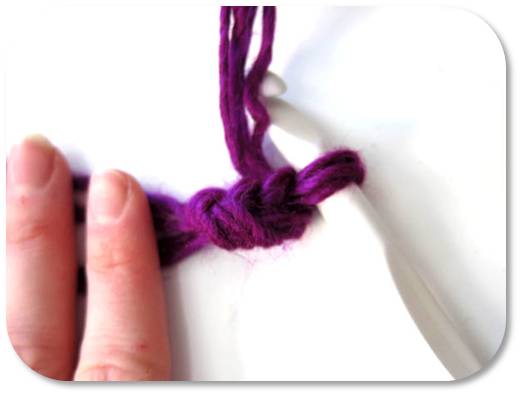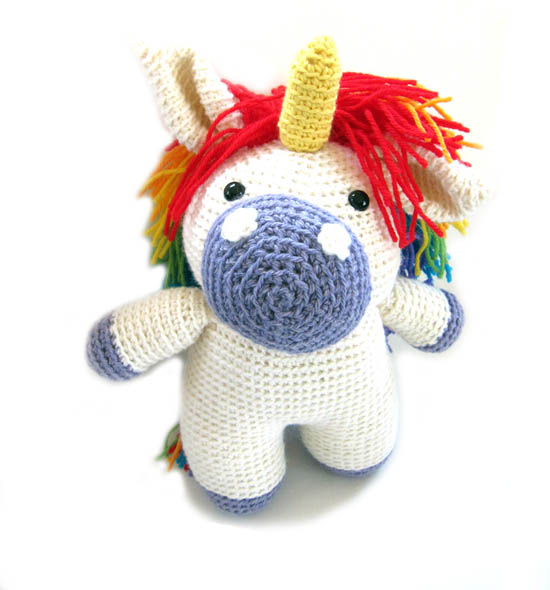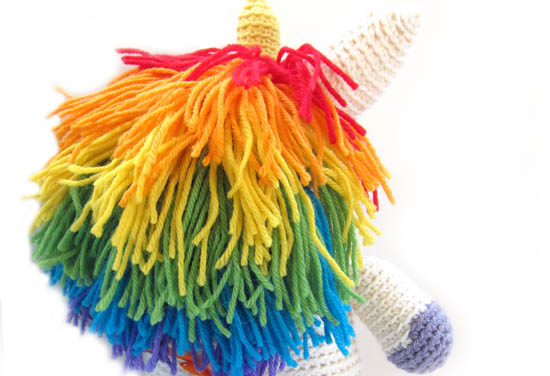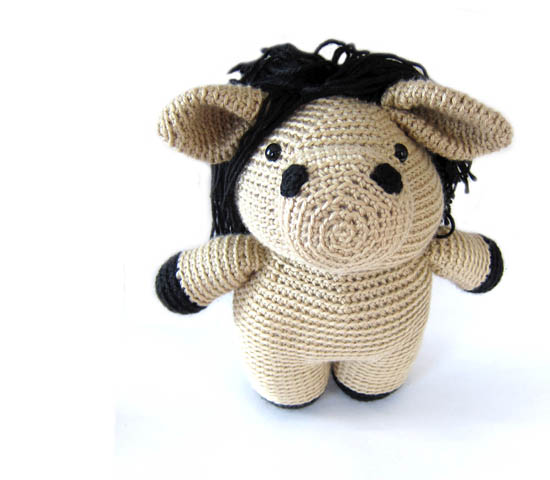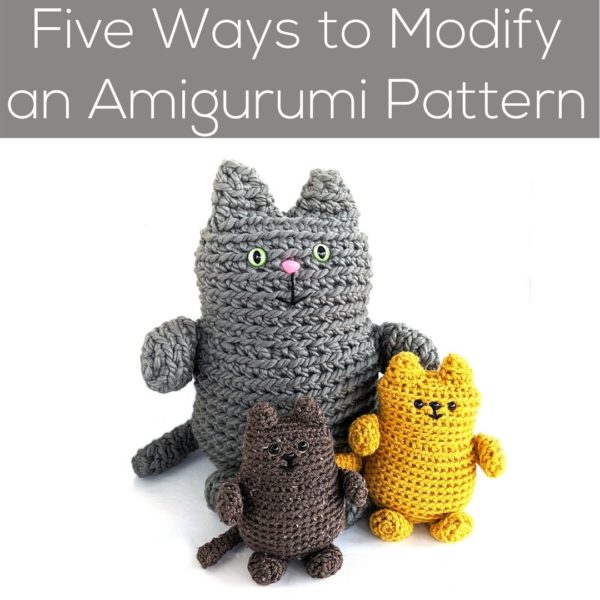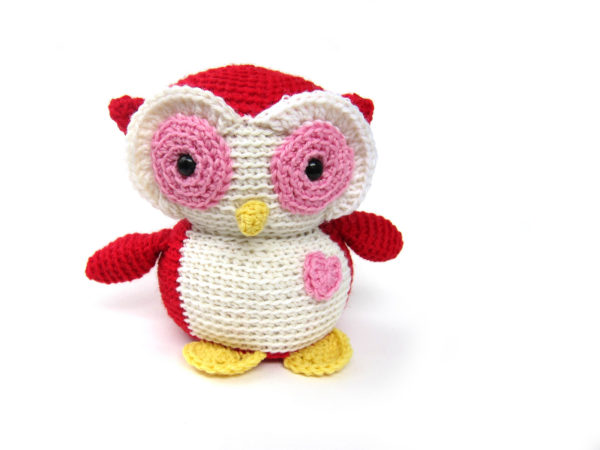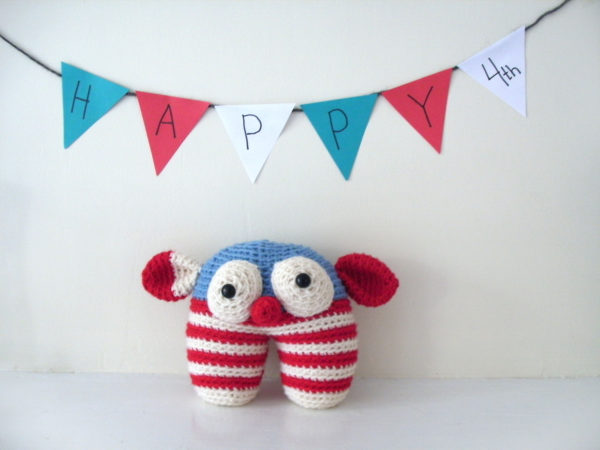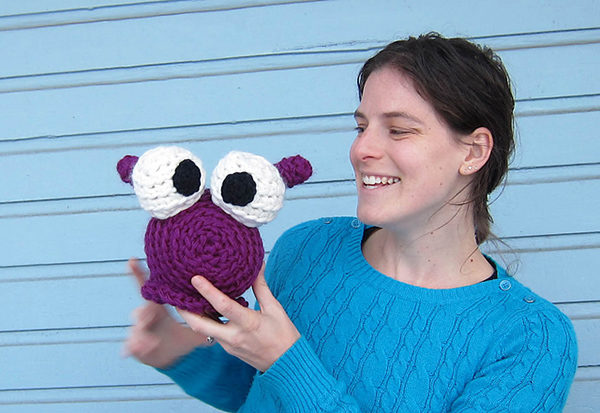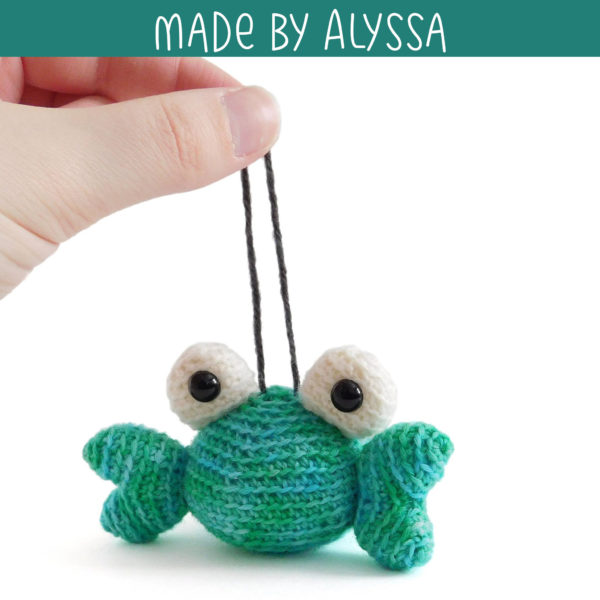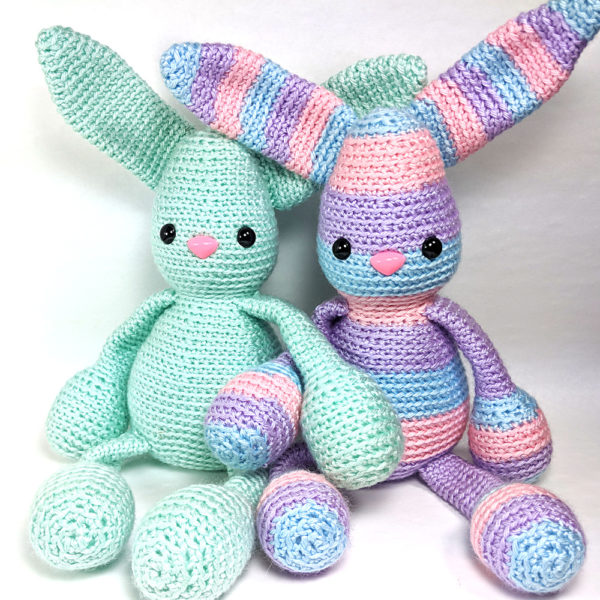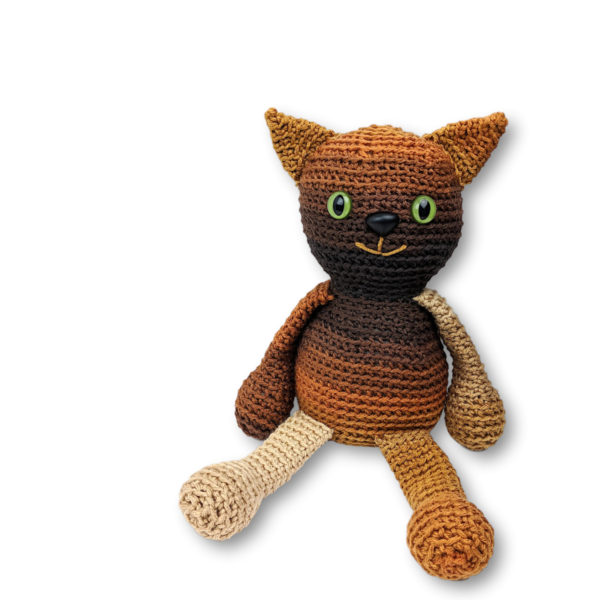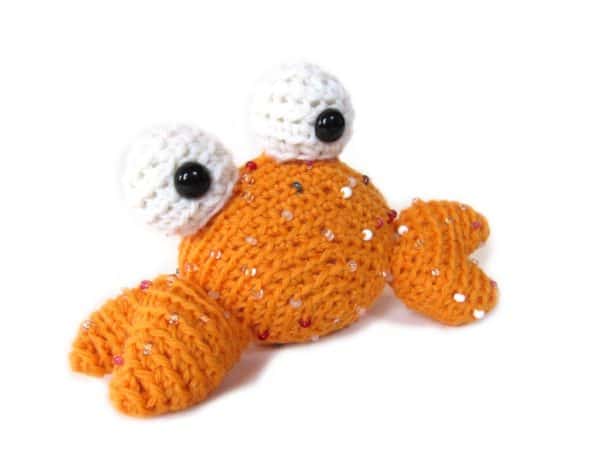Want to learn how to make adorable crocheted stuffed animals with an easy online workshop – totally free?
Sign up for Let’s Make Amigurumi here. You’ll learn how to get started, the tools and supplies you’ll need, and how to make an easy amigurumi from start to finish using simple crochet stitches.
It’s a fun, inexpensive, and totally portable craft. You can do it!
I honest-to-goodness think the easiest way to learn to crochet is to make an animal. But of course, I design crochet animal patterns, so maybe you don’t want to take my word for it!
I reached out to my readers and asked for folks whose first crochet project was a stuffed animal! Responses came pouring in!
Why are animals easy?
There are a few reasons:
- They’re small (compared to an afghan), so changes in tension as you learn to crochet aren’t a big deal
- They’re mostly single crochet… easy!
- They’re crocheted in the round, so they avoid those oh-so-tricky turning stitches
How to get started
If you’re interested in crocheting an animal, I recommend beginners take my Let’s Make Amigurumi free video class or Stacey’s Amigurumi Woodland Animals class on Craftsy. They’re both geared to complete newbies.
But, not everyone takes my advice! Melanie L. dove straight into Nelson the owl!
She says: “I had no idea how to crochet and just grabbed a hook from my mum – I didn’t even know there were different sized hooks! So, using your pattern, the kit materials, and your videos, I got started on Nelson (of course I chose a more difficult one – with a colour change!). I watched some of the videos about 10 times each, I swear! But eventually I got through it, and Nelson the First was born. He’s affectionately known as a ‘special needs’ Owl due to the resulting product, but he has pride of place on my shelf. “
When there’s a will, there’s a way!
Chloe confirms that the first project isn’t always the cutest: “In just a few words, last April, I wanted to do something crafty and I came across the Crocheted Softies on the Book Depository. It was love at first sight with those cuties on the front page! I knew I wanted to make them myself, it just happened to be crochet! My very very first project was the owl from that book. It was really chaotic at first. I didn’t know how to begin, I had to look up every stitch (and more than once), I wasn’t sure which were the back loops, I didn’t use stitch markers and kept losing count, I did a very clumsy work in attaching parts etc. It took me several days, but after that I was really hooked! I haven’t stopped crocheting since then!“
So, don’t get discouraged if your first one seems a bit crooked… it’s your first one! We’ve all been there, and your skills will improve as you practice. Both Melanie and Chloe started crocheting about a year ago, and they’re putting out fabulous pieces, now!
Don’t give up!
It’s unanimous. The first project is the hardest!
And not only that – the first two rounds are the hardest. Once you finish round two you’re cruising. So don’t give up!
What’s important is to not be too hard on yourself, and find what works for you.
Melanie M. says that “By far the most difficult part for me was learning how to hold the yarn in order to achieve the right tension. I watched a lot of videos of people crocheting and tried out each of their methods for wrapping the yarn around their fingers until I found one that was comfortable for me.”
Nikki agrees, “Don’t give up! Like any craft, learning something knew takes time. You’re not going to pick up the hook and yarn and know exactly what to do… start small and work your way up. I highly recommend Howie. (Click here for the free Howie the Penguin pattern.) It gives you all the necessary tools to begin crocheting. The best part about crocheting is there is always room to learn more; you will never be done learning.”
Are you ready to start?
Okay, I’ll warn you… it might be addicting!
Melanie L. says, “I am definitely a convert! Crocheting plays a few roles in my life now – it’s a form of relaxation, enjoyment, and productivity. I love being able to hand-make a unique gift for my nieces or my friends’ kids, or even my adult friends and family! I can’t pass a yarn store now without buying a few balls of wool and I’m always trawling the internet for pattern ideas. I’ve even started to design a few things of my own. It’s a great hobby!”
Are you going to join us in loving crochet? If you do, be sure to stop by the Shiny Happy People group and say ‘hi’! We love newbies!
Best,
Stacey
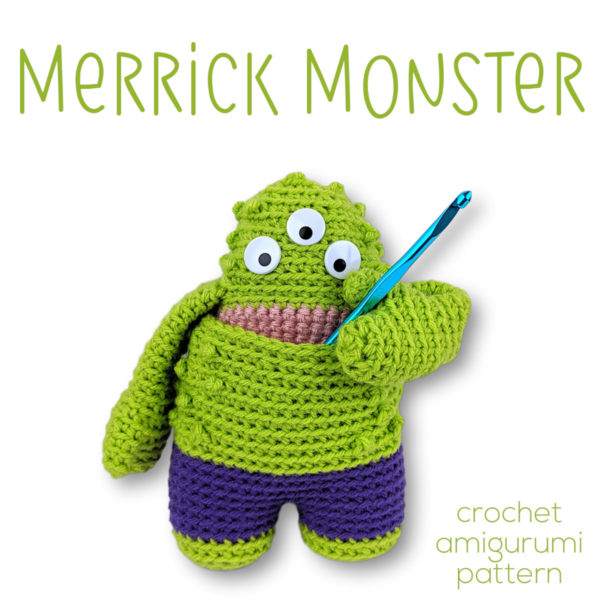
Try our newest crochet pattern! Get the Merrick Monster pattern here.





